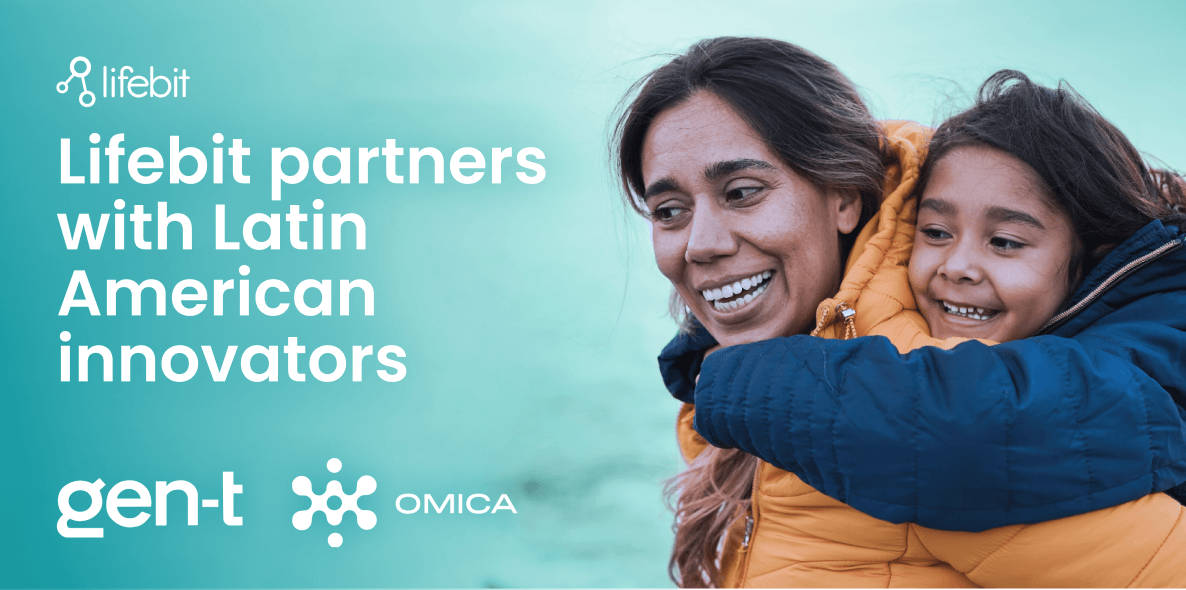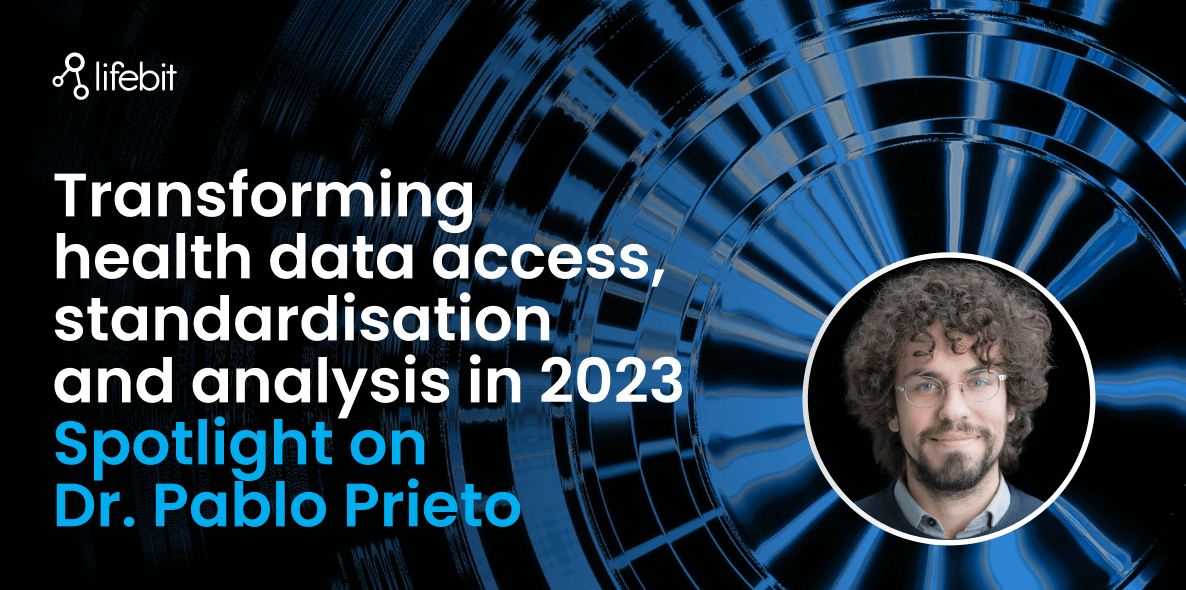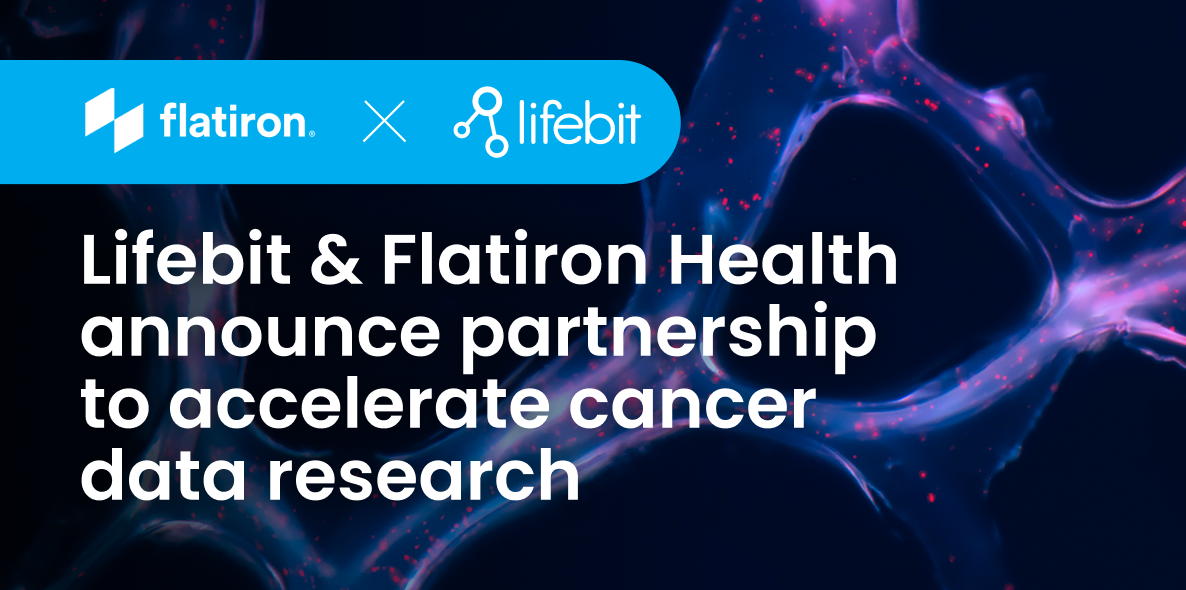3 Key Strategies for RWD Webinar Report

Hannah Gaimster, PhD

May 2024
Author: Hannah Gaimster, PhD
Contributors: Amanda White
Introduction
3 Key Strategies for RWD was the second webinar in Lifebit’s strategies for precision medicine series, held on 25th April 2024.
Real world data (RWD) encompasses health data gathered beyond clinical trial settings, reflecting routine clinical practice and patient experiences. Real world evidence (RWE) is derived by analyzing RWD. These types of data are becoming increasingly valuable in supporting conventional clinical research and trials.
However, several challenges must be addressed to realize its full potential. These include data quality and validity, heterogeneity of data sources, methodological issues in study design and analysis, privacy and ethical considerations, and regulatory uncertainty.
The webinar brought together leading experts to discuss the current challenges around using population cohorts and RWD and to showcase solutions to enable the use of this data for R&D.
Philip Awadalla, PhD, CanPath, Integrating Population Cohorts and Multi-Omics to Capture the Earliest Determinants of Disease and Aging

Philip is the national scientific director of CanPath (Canadian Partnership for Tomorrow’s Health) and began by introducing its groundbreaking work to improve the health of people across Canada.
Over the past 15 years, CanPath, Canada's biggest population health research program, has made significant contributions to our understanding of the interplay between genetics, environment, behavior, and lifestyle that contribute to disease. The study consists of seven regional cohorts that have enrolled over 330,000 Canadians.
This is equivalent to CanPath collecting RWD on one in every 100 Canadians and enables discovery and innovation in disease detection, treatment and prevention to ultimately help build a healthier Canada. Participants have provided biological samples in addition to providing health and lifestyle data.
Crucially, CanPath collects longitudinal data, enabling both retrospective and prospective data to be used for research. The data collected is also linked to address records, which allows researchers to assess environmental factors that impact health for example air or noise pollution and access to green space.
Philip then highlighted a case study from his lab that demonstrates how useful data obtained as part of CanPath can be.
Featured resource: Lung adenocarcinoma promotion by air pollutants
It has been previously shown that cancer develops in two steps: first, mutations occur in healthy cells, then certain external factors promote these mutated cells to become cancerous. It was suggested that tiny environmental particles called PM2.5, known to increase lung cancer risk, might promote lung cancer by affecting cells already carrying cancer-causing mutations in lung tissue.
Philip explained the work which focused on a type of lung cancer driven by the EGFR gene. Studying over 30,000 cases across four groups from the CanPath study, a strong link was found between PM2.5 levels and lung cancer incidence. In mice, it was observed that air pollutants led to immune cell influx and release of certain chemicals, creating a cell state conducive to cancer growth in lungs with EGFR mutations. Deep analysis of lung tissue from nearly 300 people revealed cancer-causing mutations in seemingly healthy tissue. These findings suggested that PM2.5 pollution plays a role in promoting lung cancer and highlighted the need for policies to reduce air pollution for public health.
Philip also described two further case studies from his lab- watch the webinar in full here to discover the further insights he shared.
Philip finished by highlighting the key benefits of using RWD from the CanPath study, which are that the cohorts already exist and where developing a clinical trial would be very expensive, the RWD population data provides retrospective as well as prospective data.
He summarized how instrumental population studies are in understanding genetic, epigenetic or environmental factors that can contribute to either diseases such as cancer or healthy aging.
Eric McDavid, Lifebit, Challenges And Solutions To Using RWD In Clinical Research And Trials

Eric, RWD and technology expert at Lifebit, began his talk by defining the key characteristics of RWD and RWE. RWD can come from a variety of sources including electronic health records (EHRs), patient registries and claims data. Despite coming from a wide variety of sources, RWD typically shares key characteristics, which are described below.

Eric described the main advantages of using RWD and RWE in clinical research and trials. These include better post-market surveillance, enhanced generalizability, potentially expedited approval processes, and optimized cost effectiveness. When taken as a whole, these advantages can all work to improve patient outcomes.
Given these important benefits, it might be expected that a significant amount of trials and researchers leverage RWD currently. However this is not the case.
Eric presented data from Pubmed- the number of results for RWD on Pubmed (blue line) has increased significantly in recent years. However, the purple line shows the number of search results on PubMed for the term ‘real world data clinical trial’ - terms which are increasing in amount, but much more slowly than the search hits for just RWD.

This trend seems consistent with literature reviews on the subject which have shown that RWD is currently being underused in the clinical trials sector. Two recent studies assessing the application of RWE for clinical trials have shown that only approximately 10% of trials use RWD/E.
This indicates that finding high-quality, fully interoperable, and standardized data for research and clinical trials may be difficult for researchers, and that a current barrier to integrating RWD into research, development, and clinical trials may be a lack of secure access to data catalogs containing global health data
Eric finished his talk by introducing us to one solution to this lack of access- Lifebit’s precision medicine data catalog. The global data network includes:
- 100M+ Patient, health and multi-omic datasets for research, drug development and clinical trial
- > 30 Global data providers including biobanks and national initiatives
- +200 Diseases, conditions and research areas to align to your R&D requirements
This catalog is being securely accessed by life science companies and researchers to accelerate research, drug discovery and clinical trials using diverse multi-omic and health datasets, including WGS, WES and RNA-Seq data. Learn more about Lifebit's Data Catalog and request a meeting with one of our data experts.
Summary
Overall, the webinar summarized the key opportunities that RWD and population cohorts, such as those collected by CanPath, can have in enhancing clinical research, improving patient outcomes, and informing healthcare decision-making.
It underscored the importance of collaboration among stakeholders, including researchers, healthcare providers, policymakers, and technology innovators to overcome challenges surrounding RWD use.
Sign up for our newsletter to ensure you hear about the next webinar
in our series!
About Lifebit
At Lifebit, we develop secure federated data analysis solutions for clients including Genomics England, NIHR Cambridge Biomedical Research Centre, Danish National Genome Centre and Boehringer Ingelheim to help researchers turn data into discoveries.
Interested in learning more about Lifebit’s federated data solution for genomics research?


